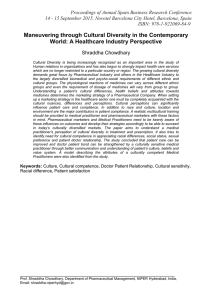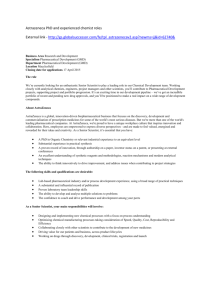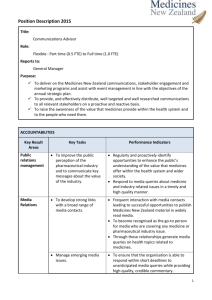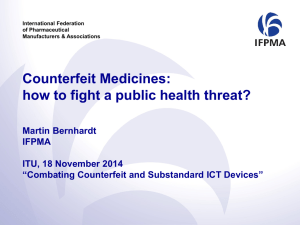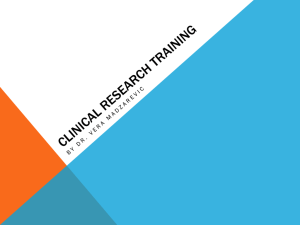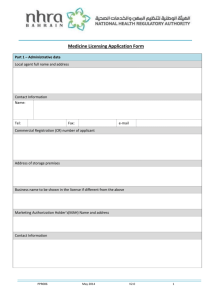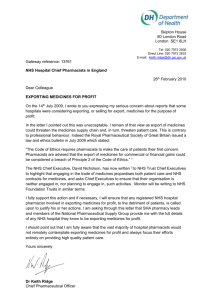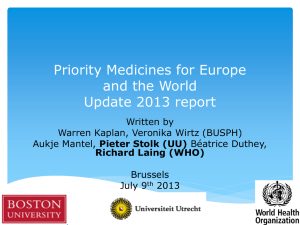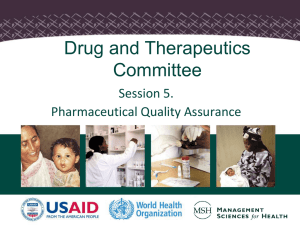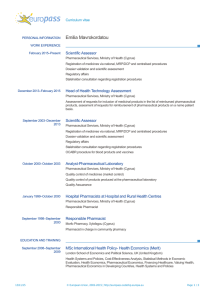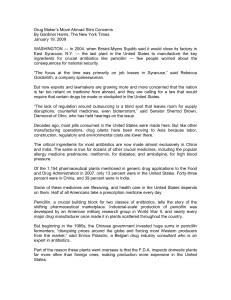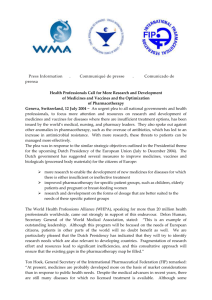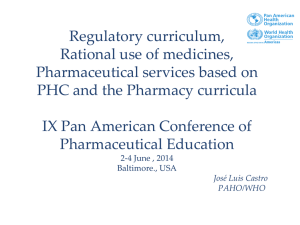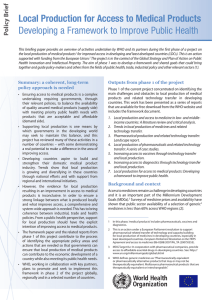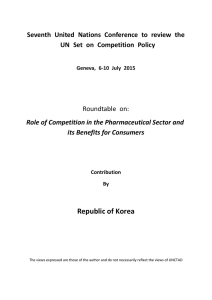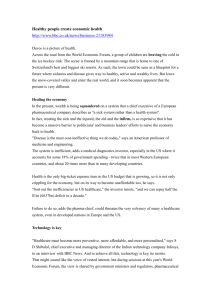Tuberculosis - WHO archives
advertisement
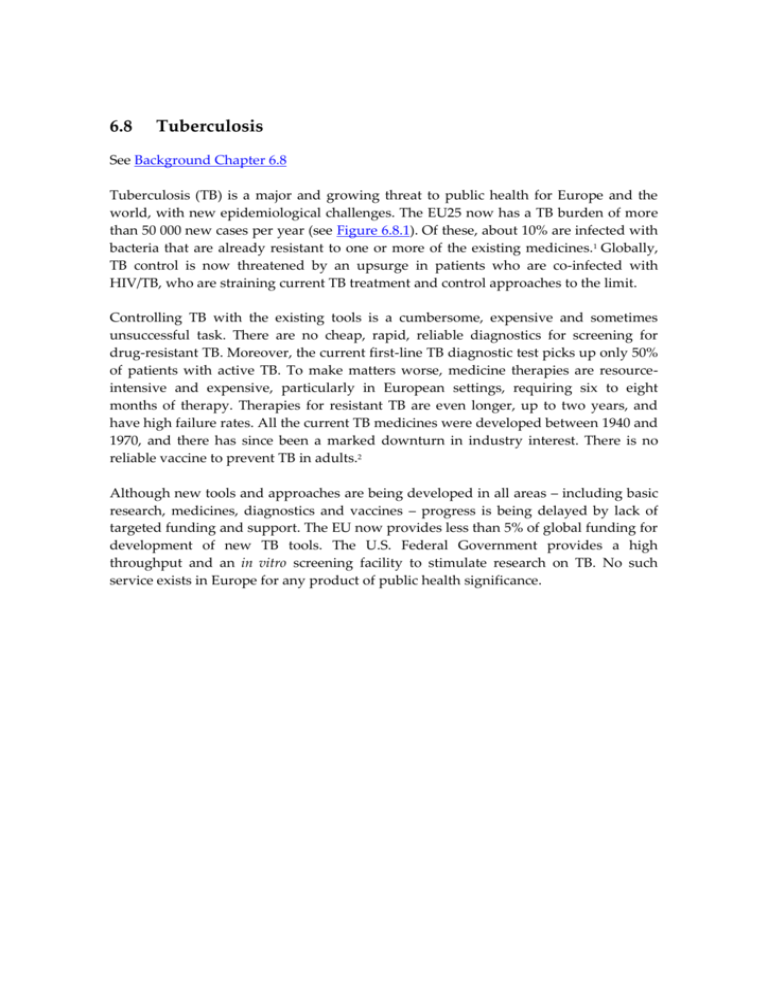
6.8 Tuberculosis See Background Chapter 6.8 Tuberculosis (TB) is a major and growing threat to public health for Europe and the world, with new epidemiological challenges. The EU25 now has a TB burden of more than 50 000 new cases per year (see Figure 6.8.1). Of these, about 10% are infected with bacteria that are already resistant to one or more of the existing medicines.1 Globally, TB control is now threatened by an upsurge in patients who are co-infected with HIV/TB, who are straining current TB treatment and control approaches to the limit. Controlling TB with the existing tools is a cumbersome, expensive and sometimes unsuccessful task. There are no cheap, rapid, reliable diagnostics for screening for drug-resistant TB. Moreover, the current first-line TB diagnostic test picks up only 50% of patients with active TB. To make matters worse, medicine therapies are resourceintensive and expensive, particularly in European settings, requiring six to eight months of therapy. Therapies for resistant TB are even longer, up to two years, and have high failure rates. All the current TB medicines were developed between 1940 and 1970, and there has since been a marked downturn in industry interest. There is no reliable vaccine to prevent TB in adults.2 Although new tools and approaches are being developed in all areas – including basic research, medicines, diagnostics and vaccines – progress is being delayed by lack of targeted funding and support. The EU now provides less than 5% of global funding for development of new TB tools. The U.S. Federal Government provides a high throughput and an in vitro screening facility to stimulate research on TB. No such service exists in Europe for any product of public health significance. Figure 6.8.1: TB incidence in the expanded European Union United Kingdom Sweden Spain Slovenia Slovakia Portugal Poland Norway Netherlands Malta Luxembourg Lithuania Latvia Italy Ireland Hungary Greece Germany France Finland Estonia Denmark Czech Republic Belgium Austria 0 10 20 30 40 50 60 TB Incidence per 100000 70 80 90 Source: European HFA Database 2003 The landscape of R&D for these new tools has also changed dramatically, with their development now being driven by public-private partnerships (PPPs) and funded by philanthropists. Only three major pharmaceutical companies remain active in TB medicines discovery. Current EU funding for R&D of new TB tools does not always reflect these new epidemiological and pharmaceutical realities. EU funding is insufficient (around €7 million per year under the Fifth Framework Programme) and is not well targeted at the PPPs, smaller industry and academic groups, which are now the most active in TB research and development.3 The EU should support research on diagnostics, vaccines and pharmaceutical translational research being undertaken by PPPs and by small and medium-sized enterprises to address this serious public health problem. Every encouragement should be given to the few large pharmaceutical companies still active in this field so they can contribute new pharmaceutical products for the planned clinical trials of the EDCTP. 1 Anti-TB drug resistance in the world. Report no. 2. Prevalence and trends. Geneva: World Health Organization; 2000. Report No.: WHO/CDS/TB/2000.278. 2 O’Brien R, Nunn P. The need for new drugs against tuberculosis. Am J Respir Crit Care Med 2001;163(5):1055-1058. 3 EC European research area fact sheet: EU-funded research in the fight against tuberculosis. Available from: http://europa.eu.int/comm/research/press/2003/pr2403en.html (accessed 3 March 2004).
